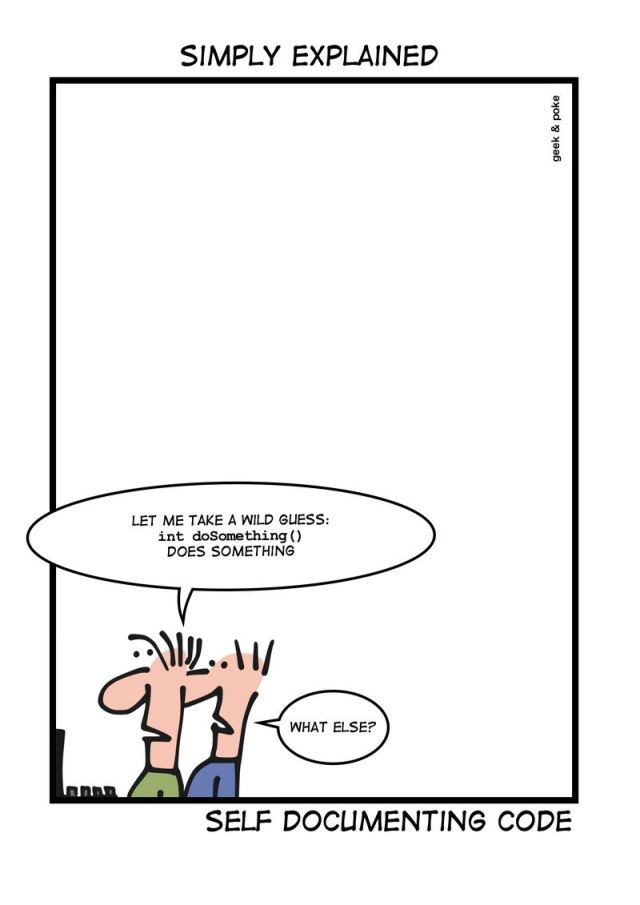Before: Shamblin’ Bros and Burn’n Em Daily
Celebrating our favorite holiday: Halloween, Allhallows Eve, We’ve put on a neighborhood haunted house for the last few years. Our first, 2019, was Alien/Zombie-themed, while fun the setup was insanely time-consuming. After 3 weeks of setting up our garage to be a Military Zombie Research center, half of the decorations – being cardboard – fell apart the day after Halloween due to a decent snow/rainstorm.
We ended up with over 250 tricker or treaters, and many drove across town after hearing about it from their neighbors and friends! (Pardon the vertical video faux-paux!):
Haunted Circus Halloween 2020: The Shamblin’ Bros First Appearance
We decided to focus on a circus theme, with a sideshow of zombies. The garage was commandeered for, admittedly, far too long. Even during the height of the pandemic, over 350 people came to enjoy our show!
It was such a success, we decided to bring the circus to the forefront next year.
2021: The Shamblin Bros In the Big Top
Set-up is underway, keep checking back for more photos and a walk-through! Make sure to bring your family and friends this Sunday!















